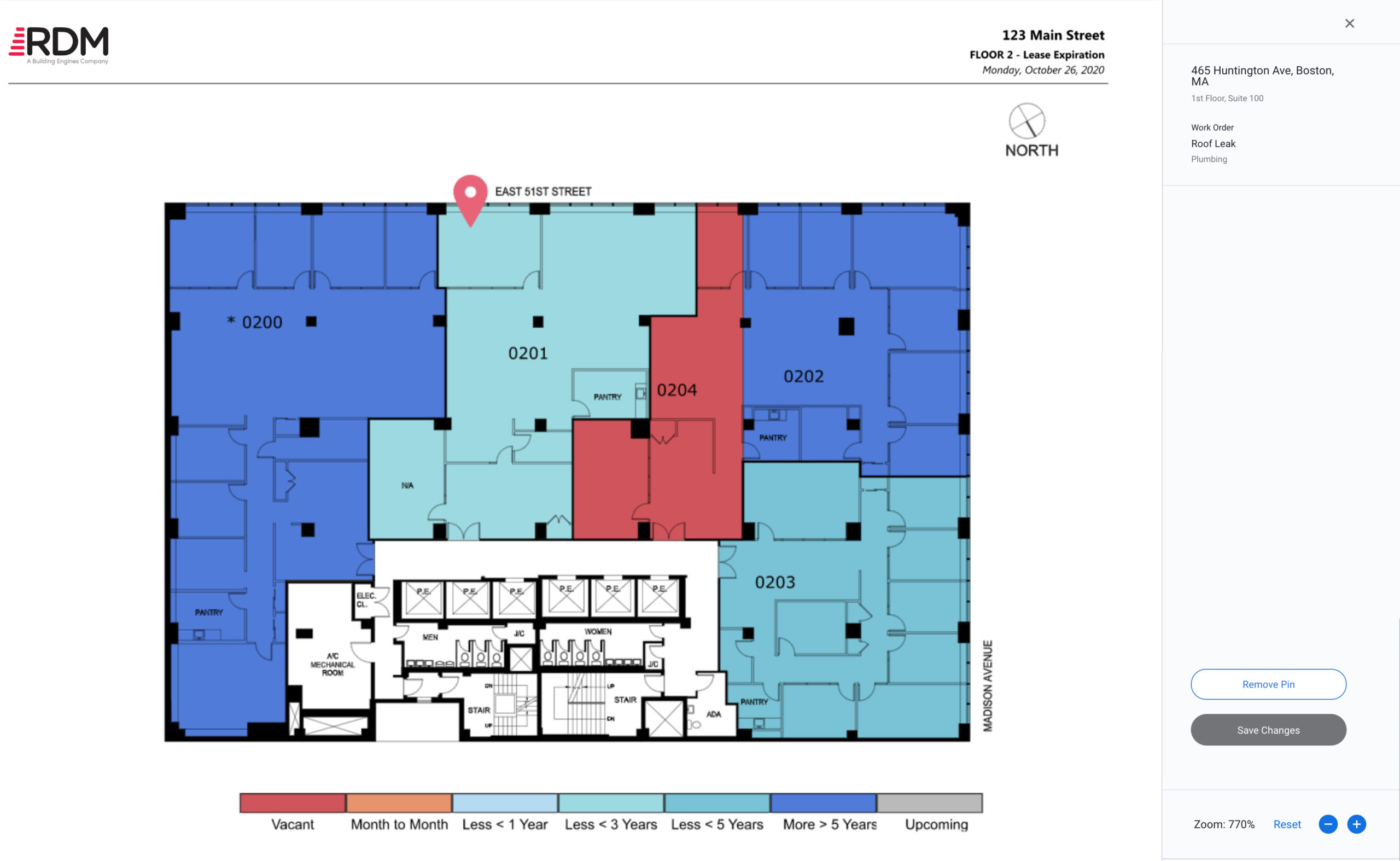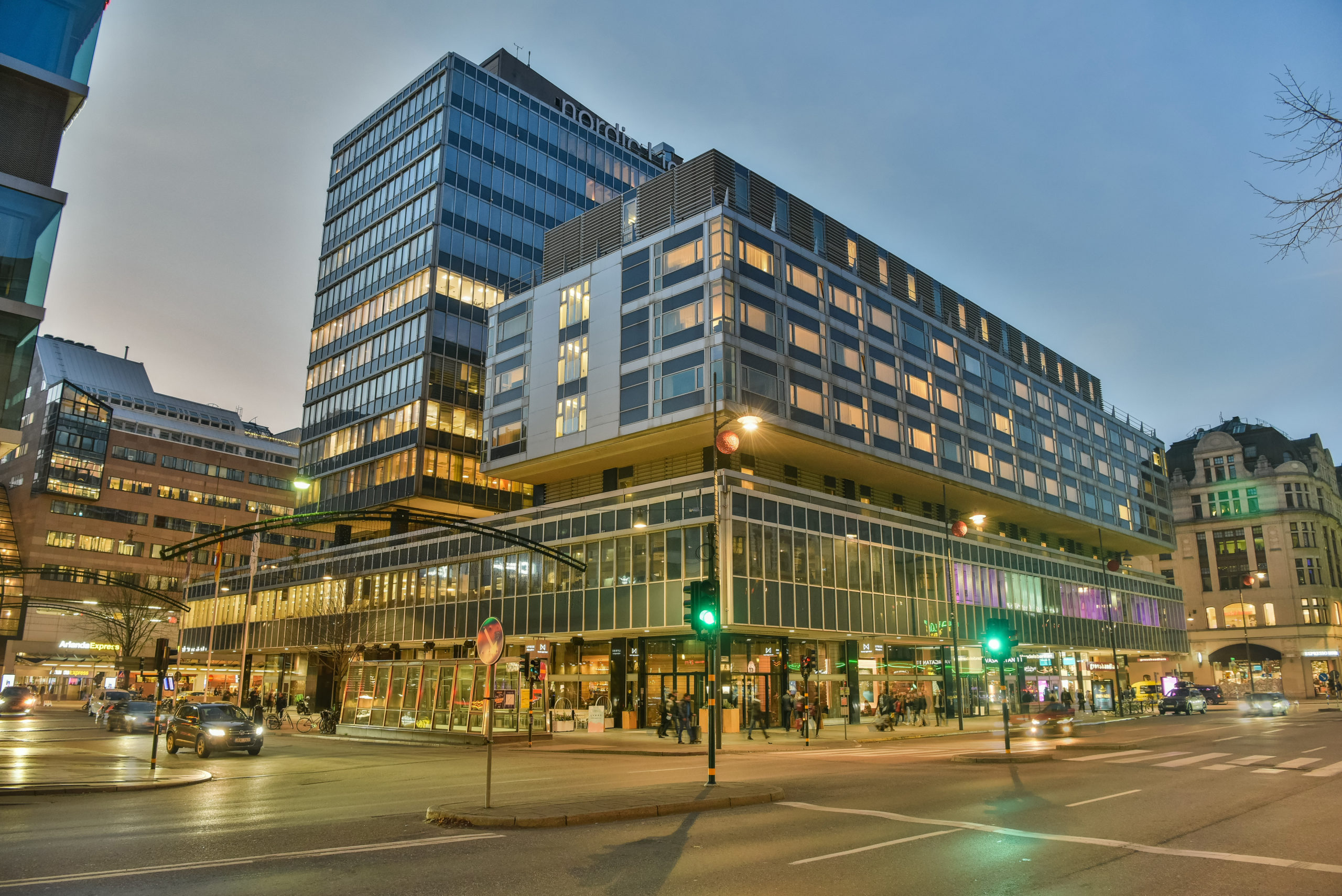If you’re a commercial real estate property manager, asset manager, or owner, you may be thinking you don’t really need a modern building management software system. After all, the system you currently have works well … enough. And installing and implementing a new system may feel like a hassle you don’t need or have time for.
It’s not like property management has changed *that* much in the last two decades, when the first building management systems launched.
Property Management, Then and Now
Hasn’t it? Managing a property was considerably simpler at the turn of the millennium. A property manager took care of administration activities such as rent collection, CapEx admin, and lease compliance. And they’d manage a building’s reception, utilities, security, certifications, and insurance compliance.
You didn’t necessarily need a building management software system to manage all this, as long as you knew your way around a spreadsheet and were well organized.
A property manager’s role has expanded considerably since the 2000’s. Managing a building now includes what used to be asset management territory. Property management teams now have more direct responsibility for the financial performance of a building, and for realizing the goals of the investors.
This means property teams have to be able to reduce operating expenses such as labor and materials costs, and optimize capital planning. Doing this with spreadsheets sucks. No longer can property managers get by with anecdote-based reporting. Building owners and asset managers now want data-driven reporting with actual results from systems.
That’s not to mention property managers are now responsible for technology selection and implementation—and achieving net-zero carbon reduction goals. They now have far greater responsibility for tenant retention too.
Tenant Retention
Property management teams are now tasked with generating value for building tenants and investors by improving the tenant experience. As the Proptech company HqO argues, such responsibilities include all aspects of a traditional property management model, plus:
- Communication with tenants, maintenance staff, and vendors
- Amenity management such as parking, transportation, catering, and food/beverage
- Services management such as networking, concierge, health and fitness, and community events
- Technology services such as internet connection/Wi-Fi, apps, data collection, and content generation
Property teams have to be able to do all this well. Tenant satisfaction is one of the strongest drivers of a building’s financial performance. In part this is because acquiring a new customer is anywhere from five to 25 times more expensive than retaining an existing one. Research by the management consultancy firm Bain & Company shows increasing customer retention rates by 5 per cent increases profits by anywhere from 25 percent to 95 percent.
Ultimately, the way to retain tenants is to ensure a property is well run. According to CBRE’s research, 88 percent of tenants say the quality of property management has a strong or very strong impact on their decision to renew a lease. And tenant expectations have become much more sophisticated and demanding because of a couple of factors.
The COVID Effect on Tenant Expectations
The global onset of a deadly airborne infectious disease in 2020 forced the entire planet to largely stop interacting in indoor public places. It compelled office workers to leave the office and work from home to mitigate the death toll.
With commercial building vacancy rates subsequently high after COVID, tenants now have leverage when it comes time to negotiate. This means landlords who don’t want to compete on price have to compete on the package they offer. Failing that, they have to compete on the overall experience their building offers tenants and workers.
The Millennial Effect on Tenant Expectations
Partly the new era in CRE is driven by millennials, who as of 2019, comprise the largest cohort in the US labor force. Also called Generation Y, millennials are people born roughly between 1982 and 2000. Many have never known a world without the internet, and their values and expectations are in part defined by this technological context.
According to Pew Research, millennials are the best educated generation in history, and the most diverse. The career website Indeed argues they value meaningful motivation, learning, social interactions in the workplace, experiences rather than material possessions, feedback and recognition, and accomplishments rather than putting in maximum work hours. They challenge hierarchy status quo, have an intuitive knowledge of technology, are open to and adaptive to change, and are free-thinking and creative.
Leading the Charge
Mental health was also on millennials’ radar long before the proliferation of initiatives prompted by the pandemic, according to the professional services company Deloitte. Back in 2015, when asked what their priorities would be if they led their organizations, employee well-being was second only to ensuring the long-term future of the organization.
Millennials are also committed to environmental, social, and governance (ESG) goals such as equality, climate change, peace, justice, poverty, and prosperity.
In short, a building’s community, technology—particularly mobile functionality—communications, and sustainability mean a lot to millennials. Climate change and healthcare/disease prevention are their number one concerns, according to Deloitte.
Which begs the question—if you want to keep millennials happy, can you do that using a building management software system designed before millennials became the largest cohort in the labor force?
What Building Management Software Does
A building management software system helps enable and automate every aspect of keeping a building at peak performance. This includes managing:
- Work orders
- Preventative and predictive maintenance
- Inspections
- Visitor access
- Security
- CapEx planning and administration
- Lease compliance
- Insurance compliance
- Vendor sourcing and management
- Certifications
- Utilities
- Janitorial services
- HVAC
- Building communications
- Space visualization and floor plans
- Resource reservations
- Billing and accounting
What’s the Difference Between an Old Building Management Software System and a Modern One?
This is the crux of the matter. The costs of implementing a new building management software system are self-evident: time and money. It takes time to research, purchase, and roll out any new software system. And obviously a new system isn’t free.
So the question is, what are the opportunity costs of sticking with an old system, and what additional value does a modern system provide?
The Sunk Cost of Yesterday Vs. the Value of the Future
If you’ve already spent a lot of money on the old system, it’s human nature to keep spending more. This is known as the “sunk cost fallacy.” But a modern building management software system offers much better value in several key areas.
Data and Business Intelligence Analytics
Newer systems have much better reporting, and thus better ROI. Visual representation makes it easy to spot exceptions like preventative maintenance not getting done, or work orders not getting billed back to customers.
Modern systems enable you to set and monitor performance targets such as SLAs and tenant satisfaction. And the best offer shareable executive rollups summarizing the health of an organization’s performance, system usage, tenant activity, and tenant satisfaction.
Superior Usability
Modern systems offer much simpler, more customizable, easier-to-use interfaces. This means every user is happier and more productive—whether an executive, engineer, tenant, property manager, or vendor. And implementation is easier, with more comprehensive support.
Connectivity is Key
No single software platform can do everything. The best platforms don’t try. Instead, they’re built to allow easy integration with other software, so they can effortlessly incorporate advances by other companies (along with new customer databases).
Older building management software systems aren’t able to do this. They have to manually input new customer information, which is slow and error-prone. And they miss out completely on leveraging the innovation inherent in a flourishing partner ecosystem. The flexibility of modern systems with open APIs (application programming interfaces) make them future-proof to disruptive software innovation.
Insecurity
Finally, older systems tend to have many overlapping modifications, which makes them harder and harder to support. Relatedly, older tech stacks are also less secure, which is a major issue in an era of heightened data privacy concerns, cyber-attacks, and ransomware. Robust cyber-security is like insurance in that you can totally get by without it—until it’s too late.
Can You Afford Not to Upgrade to Modern Building Management Software?
Commercial real estate is in the throes of a new era. It’s driven by technological advancement and higher tenant expectations from the rise of millennials and the disruption of COVID. If you have a building management software system that isn’t able to adapt to the changes of this era, you are setting yourself up to fail.
To arm yourself with the tools to find the right building operations platform for you, read Building Engines’ 2021 Buyer’s Guide to CRE Building Operations Technology.















